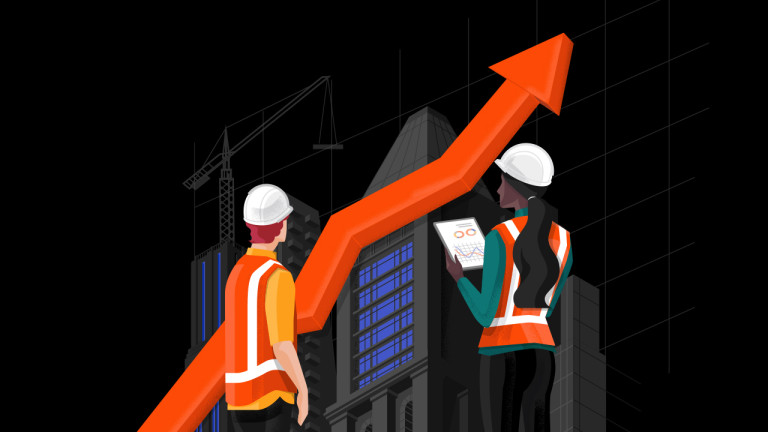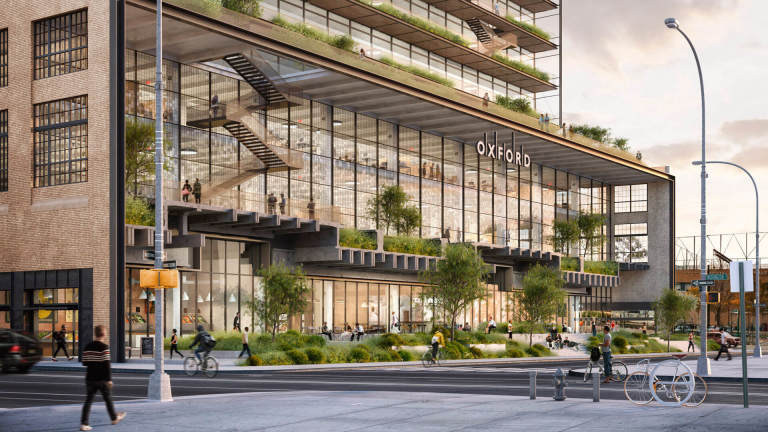Procore’s latest research highlights three converging challenges that are keeping developers up at night. What are these risks? And how can construction companies respond today to build a ‘better normal’ tomorrow? Read on to find out.
After three years of disruption, construction leaders across Singapore, the Philippines, Hong Kong and Indonesia are now rethinking the concept of “business as usual”. Changing market fundamentals, financial and regulatory hurdles and client expectations are all shifting rapidly.
But points to three common risks that are a ‘clear and present danger’ to construction companies across Southeast Asia.
The Current Landscape
In construction, from a developer's perspective, there are a few factors that qualify a project as successful. These include completing it within the shortest amount of time, at the lowest possible cost, while maintaining the highest safety and quality standards. While some developers had found their recipe to nailing success, today’s industry volatility has now left developers exposed to new challenges.
Undoubtedly, economic and political movements have had repercussions on the current construction environment. The war in Ukraine has affected the supply of critical raw materials, while the Covid-19 pandemic closed doors on new and ongoing construction sites. As a result, project margins have also become much tighter due to the escalating costs involved.
While it’s clearly understood how we got here, the way out is not always as clear. It’s time to move to a better business as usual, to mitigate further risk and make more informed decisions. Developers must look at how technology not only addresses the current challenges but is a source of opportunity.

Accelerating time to completion
Every day a project is delayed equates to a day of lost potential revenue. In construction, there are unpredictable factors like the weather or interpersonal conflicts that can cause delays. The shortage of skilled labour in the region is a big one, and continues to be an ongoing problem. But amidst the challenges, there are many opportunities to be seized.
Consider looking into implementing the right tools to track progress and maximise productivity so that projects get completed according to timeline. It is in the best interest of developers to have end-to-end visibility throughout the construction processes. Being able to check in at any time makes it easy for planning and gives the ability to address any issues with contractors mid-project, or as soon as they arise. Having all the information on a single platform can also be advantageous for record keeping. By having access to critical information you can stay connected to projects and make smarter management decisions.
How can you take control of your construction projects at every step of the process? Learn more.
Opportunity 2: Managing cost effectively, make better decisions
As a whole, the future of construction is already looking brighter. Steel prices are starting to plummet again, and more countries are getting smarter with the way they manage raw material. Indonesia, for example, has agreed to ban the export of bauxite to support the local construction needs. Moves like these will only encourage other countries around them to also look for more sustainable ways of working in the long run.
In many ways, the pandemic has prepared developers to be open to change with remote operations fast becoming a norm. Using construction platforms that support the end-to-end journey of a project, developers can easily keep tabs on budgets and allocations. Taking this a step further, planning future projects is also a breeze since they can quickly analyse, predict, and cost potential projects using past data. When there is complete transparency, the decision-making process for developers and key stakeholders becomes easier because there is data to support every claim.

Opportunity 3: Building high-quality outputs
The harsh realities of global warming has put a spotlight on construction as an industry that’s causing 39% of gross annual carbon emissions worldwide. With that in mind, investors today are increasingly looking at projects with greener, more carbon-neutral approaches. From the selection of raw materials to transportation time and cost, it may be worth finding out if some investments are worth making upfront for the longer-term benefit.
Developers can quantify the risks of projects better when they have enough data, so that every project embarked upon becomes one step closer to being carbon neutral, and eventually net zero upon completion and beyond. The result? Higher-quality buildings that are safe, require less maintenance, and generate a much lower carbon footprint as a result.
Equipping yourself for the future: Building a resilient architecture
Having full visibility into every construction project in your portfolio shouldn’t be a luxury any more, but a necessity to succeed in today’s climate. As developers, having access to insights on every project at your fingertips is necessary to remain well-informed. Keep every stakeholder involved, from consultants to contractors and the community around, so that their needs and concerns are addressed should anything arise.
The responsibilities of an owner is huge, but the burden can be eased with top-rated construction management platforms to support.
We’ve recently published our 2023 Asia Construction Forecast, where we highlight the challenges within the region and how they can solve for a better build environment. .




